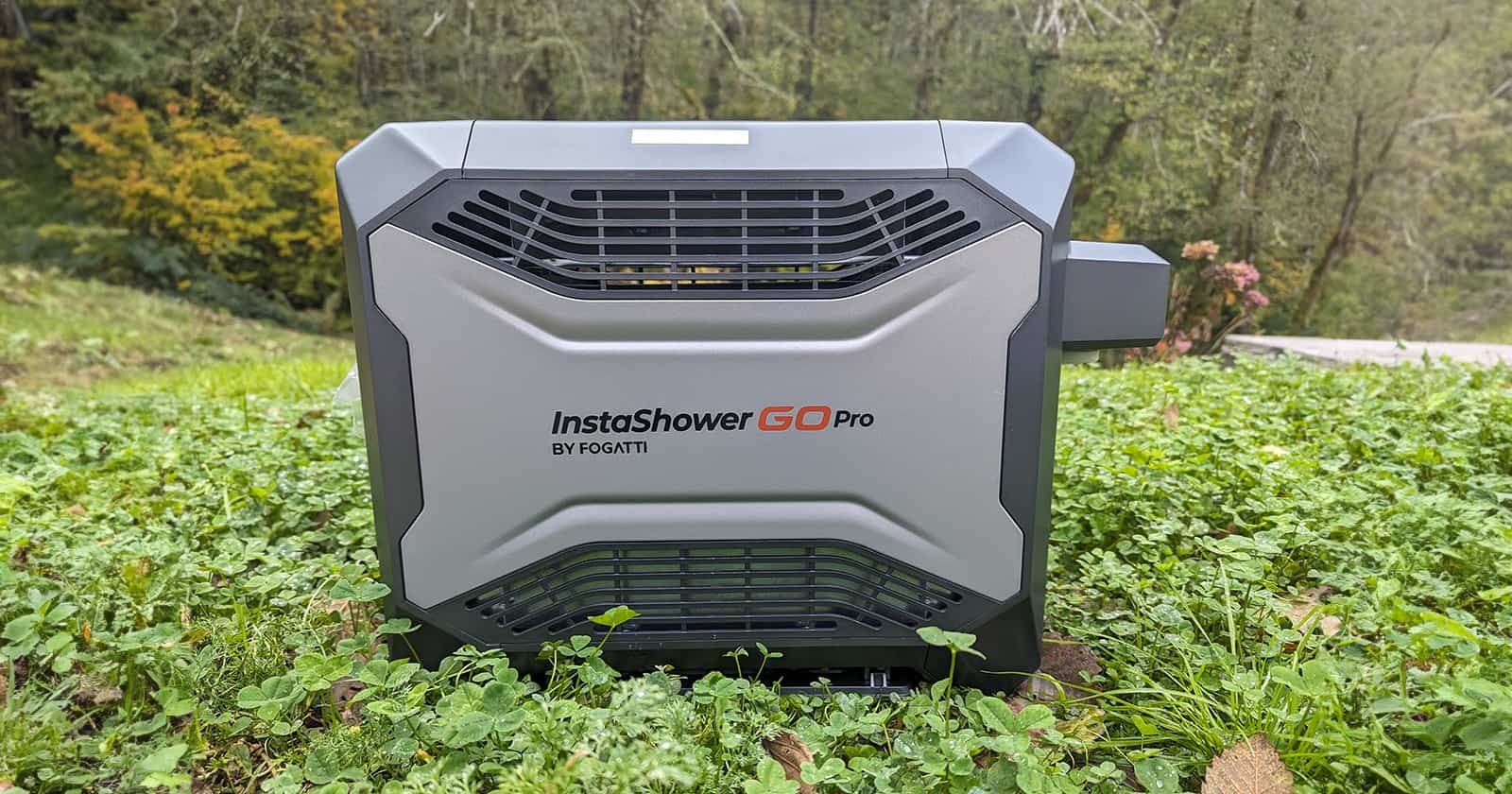Maximizing Safety and Comfort: Effective RV Weight Distribution Strategies
RV weight distribution is something not a lot of RV owners think about. This is unfortunate because ensuring that all of the weight in your RV is evenly distributed is incredibly important for safety reasons.
Trailers with cargo that haven’t been distributed across the rig evenly are more likely to sway. Additionally, all RVs that are loaded unevenly (or even overloaded) can suffer from suspension issues, problems with tires, and in some cases, issues with steering.
Clearly, these are not things you want to have trouble with while on vacation. Fortunately, this is an easy problem to avoid. The solution is of course to ensure that everything is loaded into your rig properly.
Here are our tips for packing up your motorhome or trailer with RV weight distribution in mind.
Know Your Limits
First and foremost, you want to know the limits of your rig. This includes the cargo-carrying capacity of your RV, the tow limits of your truck (if applicable), as well as the gross axle weight rating (the amount that can be put on any given axle).
Knowing these numbers and ensuring you stay well within the given boundaries is the first step in properly loading your RV.
Pick and Choose
Knowing your limits is a good starting point. The next step? Deciding what you will take and what you’ll have to leave behind in order to stay within those limits. Packing light is the name of the game. So versatile items that can serve multiple purposes, small items, and lightweight options are ideal.
Obviously, you will only want to take the essentials. Leave unnecessary items at home. But taking some toys or outdoor gear is probably fine. Just so in moderation and keep those weight limits in mind.
Keep Things Balanced
Once you know the basic parameters you are working with, and what you will pack, the next thing to do is actually move the items into the RV. The goal when doing this is to keep things as balanced as possible, both side-to-side and front-to-back.
Take note of where appliances and slides are. Those things are heavy and should be taken into consideration as you decide where items should be stored. Use all of your storage bays and spread things out evenly between them. If most of your cabinets are on one side of the RV, try to put heavy items on the opposite side to balance out what you’d store in the cabinets.
Heavy Items Low and Centered
Have some especially heavy items you need to pack? Those should be kept on the floor and on top of an axle. This will help prevent the heavy item from putting too much weight on the front or back. Storing on the floor also ensures the item doesn’t fall, break things, and/or hurt people while the RV is in transit.
If you can, pack an item of similar weight on the opposite side,. Or pack the heavy item opposite your main kitchen appliances in order to even things out from side to side.
How to Load Drawers and Cabinets
Another thing to keep in mind as you’re loading up the RV is how to load the drawers and cabinets.
You want to make sure only lightweight things are in the overhead cabinets in order to help keep things balanced and keep your passengers safe if you’re in a motorhome. Meanwhile, the drawers should not be overloaded, as this can break them—and if all of your drawers are on one side of the RV (as is often the case), you’ll be putting a lot of weight in one area and throwing off the balance of the rig.
Keep Tank Locations in Mind
Water is heavy. It weighs in at 8.34 pounds per gallon, meaning a 40-gallon tank weighs over 333 pounds when full. That’s a lot of weight, and it can easily put you over your cargo-carrying capacity and out of balance.
If you plan to drive with a full fresh or waste water tank, make sure you know where that particular tank is located and try to pack everything in such a way that the extra weight is balanced out and you aren’t over your RV’s weight limit.
Observe Before Your Drive
Once everything is loaded into the RV, it’s time for a visual inspection. Head outside and look at the rig. Make sure it isn’t obviously leaning to one side or the other. If you pull a trailer, make sure the trailer isn’t weighing down the truck, and make sure the bottom of the trailer is parallel with the ground.
Essentially, you are looking for any signs that you’ve overloaded the RV or that the weight inside isn’t balanced. You will want to add this visual inspection to your pre-trip walk-around every time you drive.
Go Get Weighed
Unfortunately, it’s very difficult to know whether you’re overloaded and almost impossible to know whether one axle is taking the brunt of the work without getting properly weighed. Even if everything looks good from the outside, you could still be totally out of balance. For this reason, it’s best to head to a nearby truck scale to be weighed after you’ve loaded the RV up. These can usually be found at truck stops and will give you tons of information about how your RV is loaded.
Yes, RV weight distribution is an incredibly important thing. Luckily, you know this now and can take the steps above to prevent any dangerous situations caused by uneven weight distributions from cropping up during your RV travels.





Storing heavy things low is not only, so they can not fall down, but also so total gravity point stays as low as possible, wich prefents chance on roling over sideward.